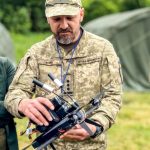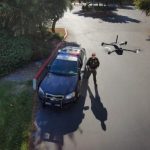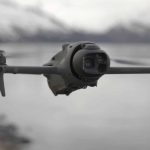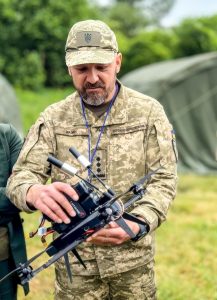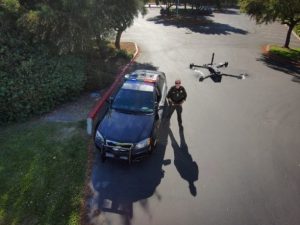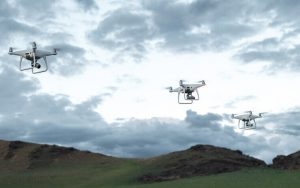Exclusive Interview: CDA Policy Director Discusses BVLOS, Infrastructure Rules, and the Future of U.S. Drone Regulation
Date: May 8, 2025
In a pivotal moment for the commercial drone industry, the FAA appears ready to advance beyond visual line of sight (BVLOS) regulations along with airspace prohibitions around sensitive areas. Liz Forro, the new policy director of the Commercial Drone Alliance (CDA), emphasizes the importance of the industry’s involvement in shaping these upcoming guidelines.
Forro states, “CDA is dedicated to promoting the domestic commercial drone industry, ensuring proper regulations are established, informing officials of the significant societal benefits drones offer, and ultimately, restoring U.S. leadership in commercial drone technology.”
With an extensive background in unmanned aviation policy, Forro reflects on her career in drone policy spanning over a decade. “I began my journey at the FAA’s UAS Integration Office, coinciding with the first exemption petitions under Section 333, which led to the initial commercial drone approvals in the U.S.,” she recalls.
The CDA has crafted an ambitious agenda for 2025, focusing on achieving immediate operational scalability, ensuring regulatory predictability, and integrating drones into the national airspace. “We need to streamline regulations that support industry growth,” Forro remarks, noting that while progress has been made, further reduction of red tape is essential.
Addressing the industry’s need for tailored regulations, Forro argues, “Current aviation regulations were not designed with drones in mind. We require rules that fit our industry’s unique requirements.” She insists that expediting BVLOS rulemaking is critical.
Forro also highlights the necessity for the FAA to implement airspace regulations under Section 2209, which govern critical infrastructure locations. “Without federal guidance, states may impose varying regulations, complicating operations for drone companies across the country,” she adds.
In terms of the CDA’s vision for the future, Forro advocates for the development of a national UAS air traffic management system. “A collaborative system is essential for enabling safe, automated drone operations in low altitudes,” she explains.
Looking forward, Forro expresses hope that the new administration will catalyze necessary regulatory reforms. “Any change in administration presents a chance to educate officials on the challenges our industry faces and the role we can play in restoring U.S. leadership,” she adds.
In light of state-level proposals allowing citizens to down drones they perceive as threats, Forro warns against such actions. “Shooting down a drone is illegal, and we strive to educate communities on the value of commercial drone operations, which are not about infringing privacy.”
Concerning potential restrictions on foreign-made drones, Forro indicates that while the CDA remains neutral on country-of-origin bans, any such measures should consider the impacts on American businesses reliant on these technologies.
“We advocate for discussions across the ecosystem to ensure any regulatory actions include adequate adjustment periods for affected parties,” Forro concludes.
Learn more:
